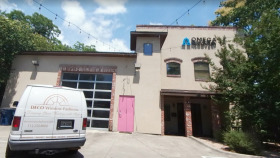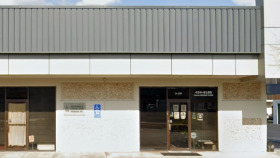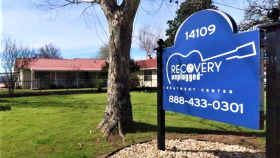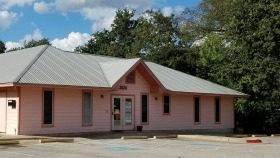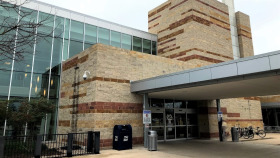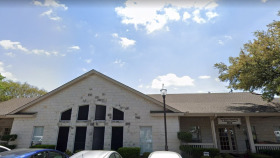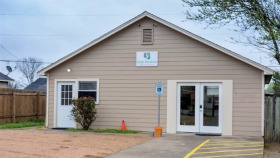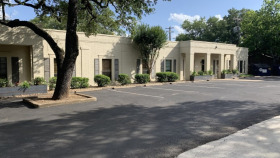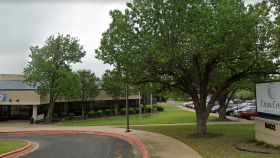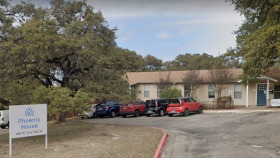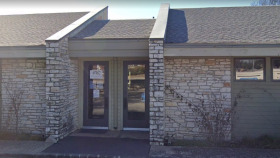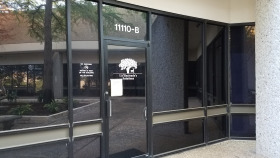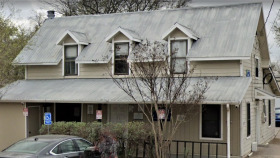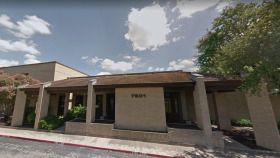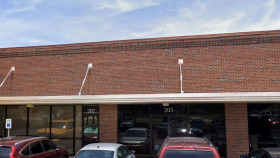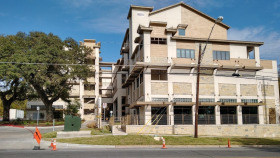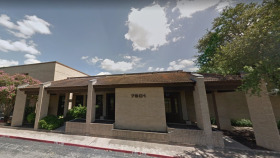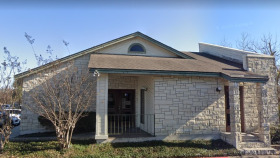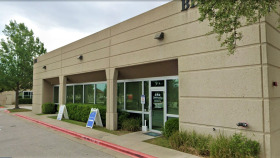Expert Insights
With the famous SXSW concerts kicking off soon in the city of Austin, area residents brace for an influx of young concertgoers, traffic, long lines at the grocery stores, and unfortunately, drugs. While typical fears related to drug abuse and intoxication are shared by members of the public, law enforcement, hospitals and EMS workers, this year’s outdoor festival scene could turn out to be particularly deadly, thanks to the presence of fentanyl in nearly every drug sold on the black market. Across the country, we have drugs like heroin, cocaine, Xanax, oxycodone, OxyContin, and even marijuana being sold by dealers who have laced their products with enough fentanyl to kill an entire town. Now that SXSW is here, I fear the nightly news reports will be packed with instances of fentanyl overdose and fentanyl-related deaths.
~ Natalie Baker
Cost of Drug Rehab in Austin
 The cost of addiction treatment at Austin drug rehabs varies based on several factors, including:
The cost of addiction treatment at Austin drug rehabs varies based on several factors, including:
- The setting you choose (inpatient/residential vs. outpatient)
- The specifics of your program (whether you need dual diagnosis treatment and/or other specialized services)
- Duration of your program (30 vs. 90 days or longer)
- Which insurance providers and plans the facility accepts
- The features and amenities the facility offers (luxury accommodations and holistic therapies vs. standard features and approaches)
- Whether the facility receives government funding
- The location of the facility (private, secluded setting vs. inner-city setting)
Generally, outpatient programs are less costly than residential programs since outpatient care does not require you to pay for room and board. Luxury rehabs—those that offer private accommodations, holistic therapies, and other upscale features—typically also cost more than facilities that provide standard features and approaches.
Austin alcohol rehabs that receive city, state, or federal funding, as well as non-profit treatment centers, typically offer sliding-scale fees for individuals who qualify. These facilities may also offer other forms of payment assistance that can help make getting help significantly more affordable.
Low-Cost and Free Drug Rehab Centers in Austin
State-funded facilities and detox centers in Austin are funded by tax dollars. These facilities get money from the government through grants and other sources. Those funds allow them to provide free or reduced-cost services to people who would be otherwise unable to afford care.
To qualify for low-cost or free care at a state-funded facility, you may be asked to prove that you:
- Are a legal resident of the United States
- Are a citizen of Texas
- Do not have insurance
- Need reduced-cost or free services based on your income
Because state-funded facilities have limited capacity, you may need to wait for an opening to get into one of these treatment centers. Once enrolled, you’ll receive quality, evidence-based care from credentialed and qualified professionals who will help you work toward recovery.
If you have health insurance, your plan can significantly reduce your costs. According to the Affordable Care Act, addiction treatment is an essential health benefit. As such, both health insurance providers must provide some degree of coverage for rehab. Whether you have private insurance, Medicare, or Medicaid, you can use your plan to help cover the cost of care.
However, not all Austin drug rehabs accept all forms of insurance. You’ll need to verify your coverage with each facility to determine whether your insurance can help reduce your costs.
Austin Alcohol and Drug Use Statistics
Austin is located in Travis County, Texas, where adult and teen alcohol and drug use are serious concerns. Substance use rates in Central Texas are consistently higher than in other parts of Texas and the United States as a whole. Austin substance abuse statistics of note include:
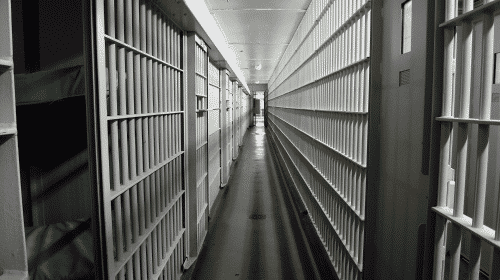
In 2015, 60% of Travis County Jail inmates had alcohol or drug problems.

34% of Travis County traffic fatalities involved alcohol.
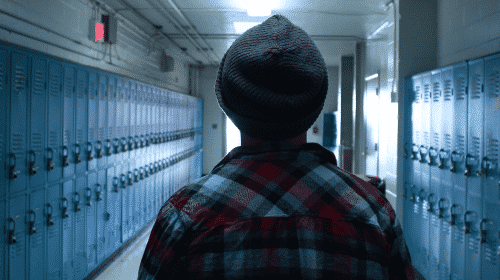
17% of high school students reported abusing a prescription drug in 2021.
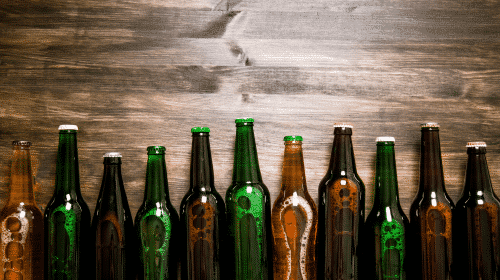
27% of Central Texans report at least one instance of binge drinking per month.
Over 5% of Central Texans report abusing prescription painkillers in the last year.
14% of Central Texans aged 12 and up reported using marijuana in the last year.
Alcohol and Drug Laws in Austin
Texas Good Samaritan Overdose Prevention Law: This statute provides legal protection for individuals who witness a suspected overdose and call 911 to get help. However, the law only protects people who have small quantities of illicit substances and those who have not called 911 for an overdose in the last 18 months. People with felony convictions and individuals who’ve previously benefited from this law are also not protected. If you’re involved in a situation wherein you believe someone is overdosing, call emergency medical personnel immediately, as your call may save a life. You do not have to worry about a drug-related arrest or conviction because this law protects you from legal action.
Sandra Bland Act: This law provides for rehabilitation for individuals arrested or convicted of non-violent crimes. Per this statute, Texas criminal justice officials must work to identify people with suspected substance use concerns and divert these individuals to an appropriate treatment facility rather than incarcerate them.
Treatment for Those Arrested or Convicted for Non-Violent Infractions: Senate Bill 1849 requires Texas jails to promptly identify substance use concerns or suspected mental illnesses in individuals arrested for or convicted of non-violent crimes. This law stipulates that inmates who meet the criteria for a substance use or mental health disorder must be diverted to an appropriate facility.
Marijuana Laws: Texas law is among the strictest in the country regarding marijuana. Recreational use and growth are illegal, and medical use is legal but heavily regulated. Penalties for the use, growth, possession, or sale of marijuana range from 180 days in jail and a $2,000 fine to life imprisonment and a $50,000 fine.
Resources
- Austin Travis County Integral Care. (2021). Travis County Plan for Children’s Mental Health and Substance Abuse, 2021.
- National Institute on Drug Abuse. (2020). The Connection Between Substance Use Disorders and Mental Illness.
- Middle East Current Psychiatry. (2020). Assessment of anxiety ad depression among substance use disorder patients: a case-control study.
- National Library of Medicine, Indian Journal of Psychological Medicine. (2018). Comorbidity of Personality Disorder Among Substance Use Disorder Patients: A Narrative Review.


